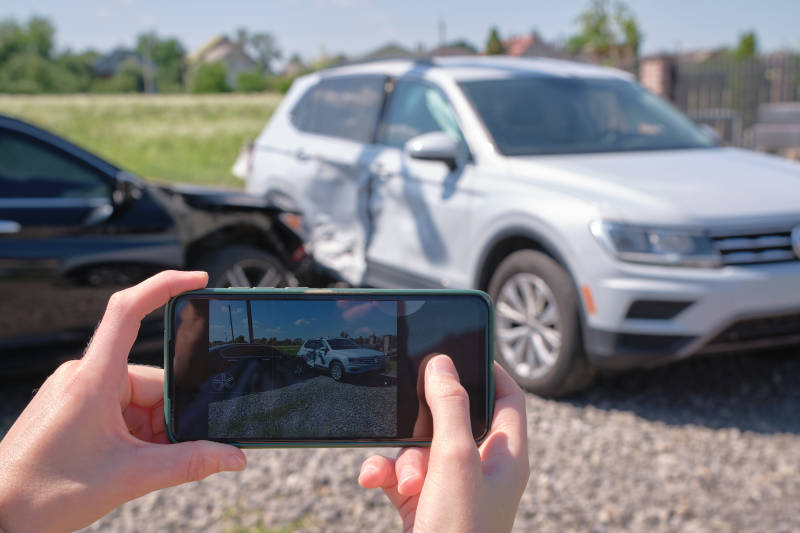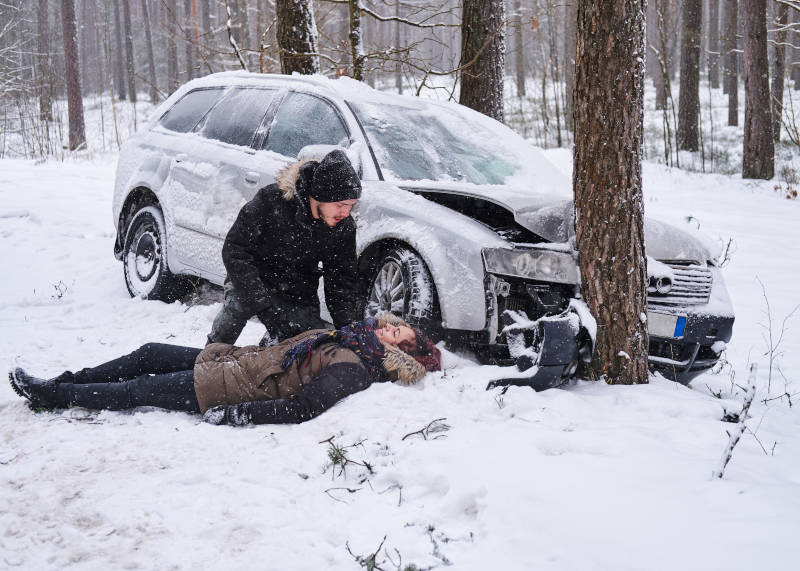At Jones Kahan Law, we’ve seen firsthand how crucial proper insurance coverage is for protecting yourself and your assets. One of the most important types of insurance that every driver needs is auto insurance. Whether you live in Ohio or Kentucky, understanding the different types of coverage available, what the state requires, and why higher coverage limits are important is essential to ensuring that you’re fully protected in case of an accident.
Let’s break down the most common types of auto insurance coverage, the state minimum requirements, and why you may want to consider purchasing higher limits.
Common Types of Auto Insurance Coverage
Auto insurance is designed to protect you financially if you’re involved in a car accident. Depending on your needs, you can choose from several types of coverage:
-
Bodily Injury Liability This type of coverage pays for the medical expenses and other costs associated with injuries to other people when you’re at fault in an accident. It also covers legal fees if you’re sued for the accident.
-
Property Damage Liability If you cause an accident that damages someone else’s property (like their car, fence, or building), this coverage will pay for the repairs or replacement of that property.
-
Uninsured/Underinsured Motorist Coverage (UM/UIM) This coverage helps protect you if you’re in an accident with someone who doesn’t have insurance, or if the at-fault driver’s insurance isn’t enough to cover your damages.
-
Collision Coverage Collision coverage pays for repairs to your own vehicle if you’re in an accident, regardless of who is at fault.
-
Comprehensive Coverage Comprehensive insurance covers non-collision damage to your car, such as damage from weather events, theft, vandalism, or hitting an animal.
-
Medical Payments Coverage (MPC) & Personal Injury Protection (PIP) MPC and PIP covers medical expenses for you and your passengers, regardless of who is at fault in the accident. It can also cover lost wages and other related costs.
State Minimum Requirements for Auto Insurance
Both Ohio and Kentucky require drivers to carry certain types of auto insurance to ensure that they’re financially protected in case of an accident. However, these minimum requirements may not be sufficient to fully cover the costs of a serious accident, which is why it’s often recommended to purchase higher limits.
Ohio’s Minimum Requirements:
- Bodily Injury Liability: $25,000 per person / $50,000 per accident
- Property Damage Liability: $25,000 per accident
- Uninsured/Underinsured Motorist: Not required, but recommended
- Medical Payments Coverage (MPC): Not required in Ohio, but optional coverage is available
Kentucky’s Minimum Requirements:
- Bodily Injury Liability: $25,000 per person / $50,000 per accident
- Property Damage Liability: $25,000 per accident
- Uninsured/Underinsured Motorist: Must match your liability coverage, but you may be able to waive it
- Personal Injury Protection (PIP): Required in Kentucky, with coverage for medical expenses and lost wages regardless of who is at fault
Why You Should Consider Higher Coverage Limits
While both Ohio and Kentucky set minimum limits for auto insurance, these amounts may not be enough to cover the full financial costs of a serious accident. Medical bills, car repairs, and other damages can quickly exceed these state-required limits. Here’s why you should consider purchasing higher coverage:
-
Medical Expenses Can Be Expensive
Medical costs after a serious accident can easily run into the hundreds of thousands of dollars, especially if there are long-term injuries. The minimum bodily injury liability coverage of $25,000 per person in Ohio or Kentucky may not be enough to cover the medical bills for even a single individual if they require extensive treatment. -
Car Repairs and Property Damage
Property damage can also be costly, particularly if you cause an accident that results in significant damage to another vehicle or property. The state minimum coverage for property damage is often insufficient to fully repair or replace a vehicle, leaving you on the hook for the difference. -
Uninsured and Underinsured Motorist Protection
Even though Ohio and Kentucky offer uninsured motorist coverage, many drivers still go without insurance or have insufficient coverage. Without adequate uninsured/underinsured motorist protection, you could be left to cover your own medical bills and damages if you’re hit by a driver who doesn’t have enough insurance—or any at all. -
Legal Protection
If you’re involved in a serious accident and the damages exceed your insurance coverage, you could be personally responsible for the difference. Higher liability limits reduce the chances of facing a costly lawsuit or having to pay out of pocket for damages. -
Peace of Mind
The more coverage you have, the less you have to worry about financial ruin in the event of an accident. With higher limits, you can rest assured that you’ll have the protection you need in case of an unexpected event.
How Jones Kahan Law Can Help
If you’ve been involved in a car accident and are facing challenges with insurance claims or need help navigating the legal process, Jones Kahan Law is here to assist. Our team of experienced personal injury attorneys can help you understand your insurance coverage, ensure you receive the compensation you’re entitled to, and guide you through every step of the claims process.
If you have questions about your current auto insurance or need assistance after an accident, don’t hesitate to reach out. We’re committed to ensuring that you have the proper legal support during what can often be a stressful and overwhelming time.
Final Thoughts
While state minimums may meet the basic legal requirements, they often don’t provide enough protection in the event of a serious accident. Higher auto insurance limits offer you greater peace of mind, reduce the risk of financial burden, and ensure you have the protection you need to safeguard your future. At Jones Kahan Law, we encourage you to review your auto insurance regularly to make sure it meets your needs. If you need help after an accident, we’re here to provide expert legal assistance.





